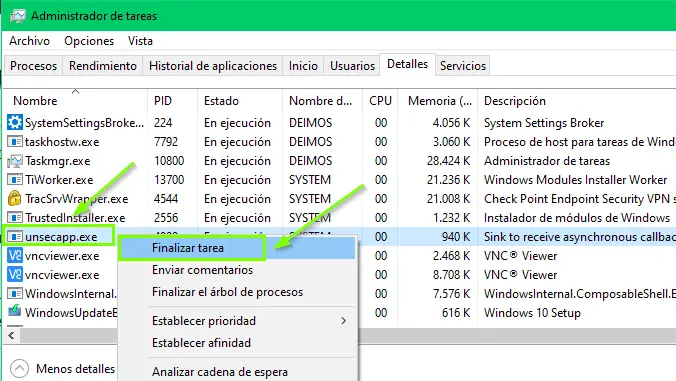
Netsh advfirewall firewall add rule dir=in name ="WMI" program=%systemroot%\system32\svchost.exe service=winmgmt action = allow protocol=TCP localport=any To establish a firewall exception for the WMI service, use the following command.

Netsh advfirewall firewall add rule dir=in name="DCOM" program=%systemroot%\system32\svchost.exe service=rpcss action=allow protocol=TCP localport=135 To establish a firewall exception for DCOM port 135, use the following command. To enable WMI traffic using separate rules for DCOM, WMI, callback sink and outgoing connections Rather than using the single WMI rule group command, you also can use individual commands for each of the DCOM, WMI service, and sink. Netsh advfirewall firewall set rule group="windows management instrumentation (wmi)" new enable=no Type the following command to disable WMI traffic through the firewall. Netsh advfirewall firewall set rule group="windows management instrumentation (wmi)" new enable=yes Type the following to enable WMI traffic through the firewall. Use the following commands at a command prompt. To enable or disable WMI traffic at command prompt using WMI rule group You can enable or disable WMI traffic through the firewall at the command prompt. To disable WMI traffic, clear the check box.
UNSECAPP EXE WINDOWS


The exception for WMI allows WMI to receive remote connections and asynchronous callbacks to Unsecapp.exe. WMI settings for Windows Firewall settings enable only WMI connections, rather than other DCOM applications as well.Īn exception must be set in the firewall for WMI on the remote target computer. The following sections are discussed in this topic: Connecting to a WMI namespace on a remote computer may require that you change the settings for Windows Firewall, User Account Control (UAC), DCOM, or Common Information Model Object Manager (CIMOM).


 0 kommentar(er)
0 kommentar(er)
